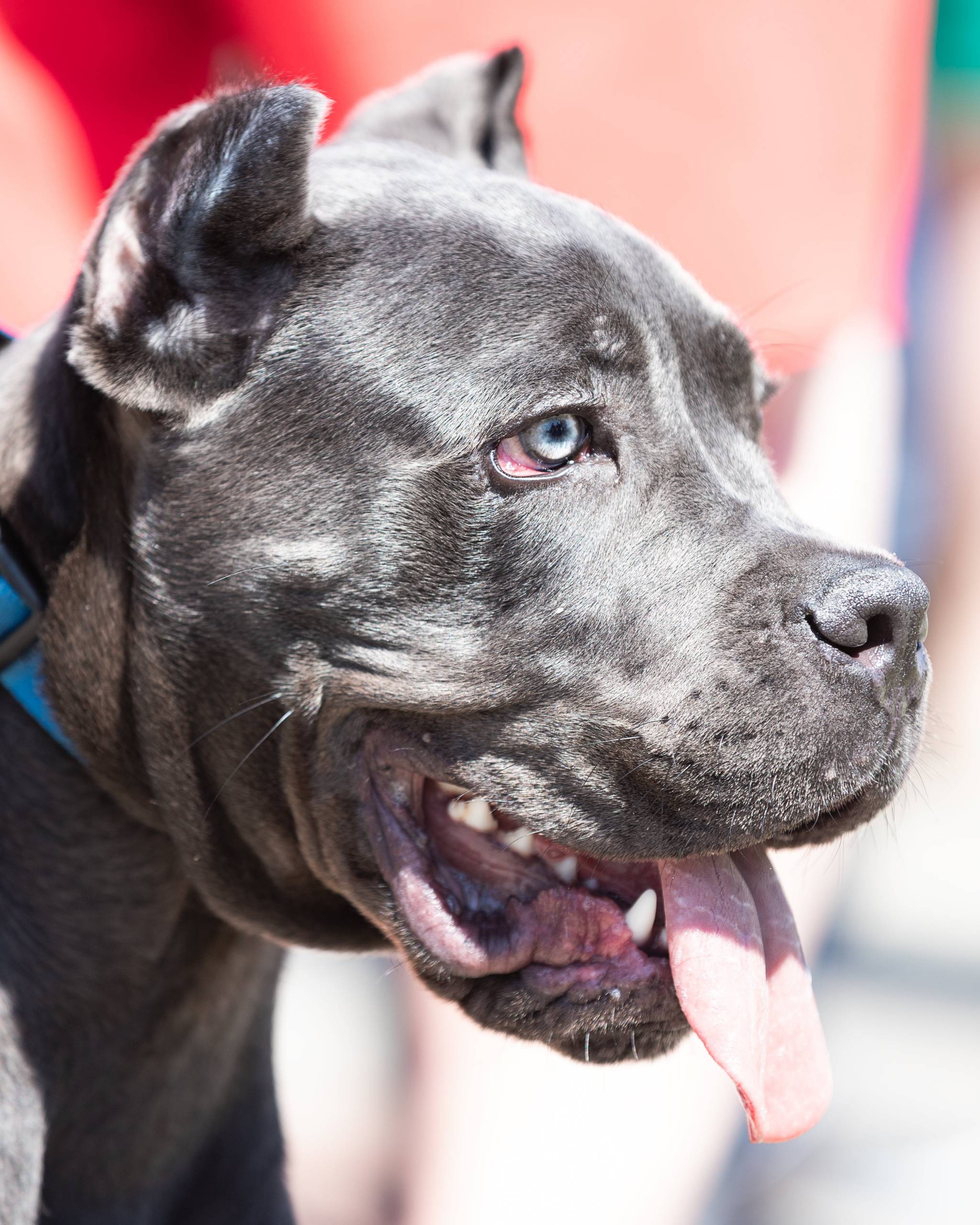
Understanding the Signs of Fleas on Your Dog
Fleas are tiny, dark brown insects that thrive on your dog’s blood. Their presence can be identified through various signs such as excessive scratching, red or irritated skin, hair loss, and the presence of small black specks (flea dirt) on your dog’s fur. If you notice any of these signs, it’s essential to address the issue promptly to prevent further discomfort for your furry companion.
Treating Fleas on Your Dog
When it comes to getting rid of fleas on your dog, there are several methods to consider. One of the most common approaches is using a flea shampoo specifically designed for dogs. These shampoos are formulated to kill fleas on contact and provide immediate relief for your pet. Additionally, flea combs can be used to physically remove fleas and their eggs from your dog’s fur. It’s important to follow the instructions on any flea treatment products and consult your veterinarian if you have any concerns.
Environmental Control
While treating your dog for fleas is essential, it’s equally important to address the environment to prevent re-infestation. Vacuuming your home regularly, especially areas where your dog spends time, can help remove flea eggs and larvae. Washing your dog’s bedding and any other fabric they come into contact with can also help eliminate fleas in the environment.
Preventing Future Flea Infestations
Prevention is key when it comes to keeping fleas at bay. Regular grooming and bathing can help you spot fleas early and prevent them from becoming a serious issue. Additionally, using a monthly flea prevention product recommended by your veterinarian can significantly reduce the risk of flea infestations. Keeping your home clean and treating any other pets for fleas can also help prevent the spread of these pesky insects.
The Importance of Regular Veterinary Check-ups
It’s crucial to ensure your dog receives regular check-ups with a veterinarian. Not only can they provide guidance on flea prevention and treatment, but they can also check for any underlying health issues that may be exacerbated by a flea infestation. Your veterinarian can recommend the most suitable flea prevention products based on your dog’s specific needs.
Dealing with fleas on your dog can be a challenging experience, but with the right approach, it’s a problem that can be effectively managed. By understanding the signs of fleas, treating your dog promptly, addressing the environment, and implementing preventative measures, you can help keep your canine companion flea-free and comfortable. Remember, your dog’s well-being is a top priority, and taking proactive steps to combat fleas is an essential part of responsible pet ownership.[/fusion_text]

